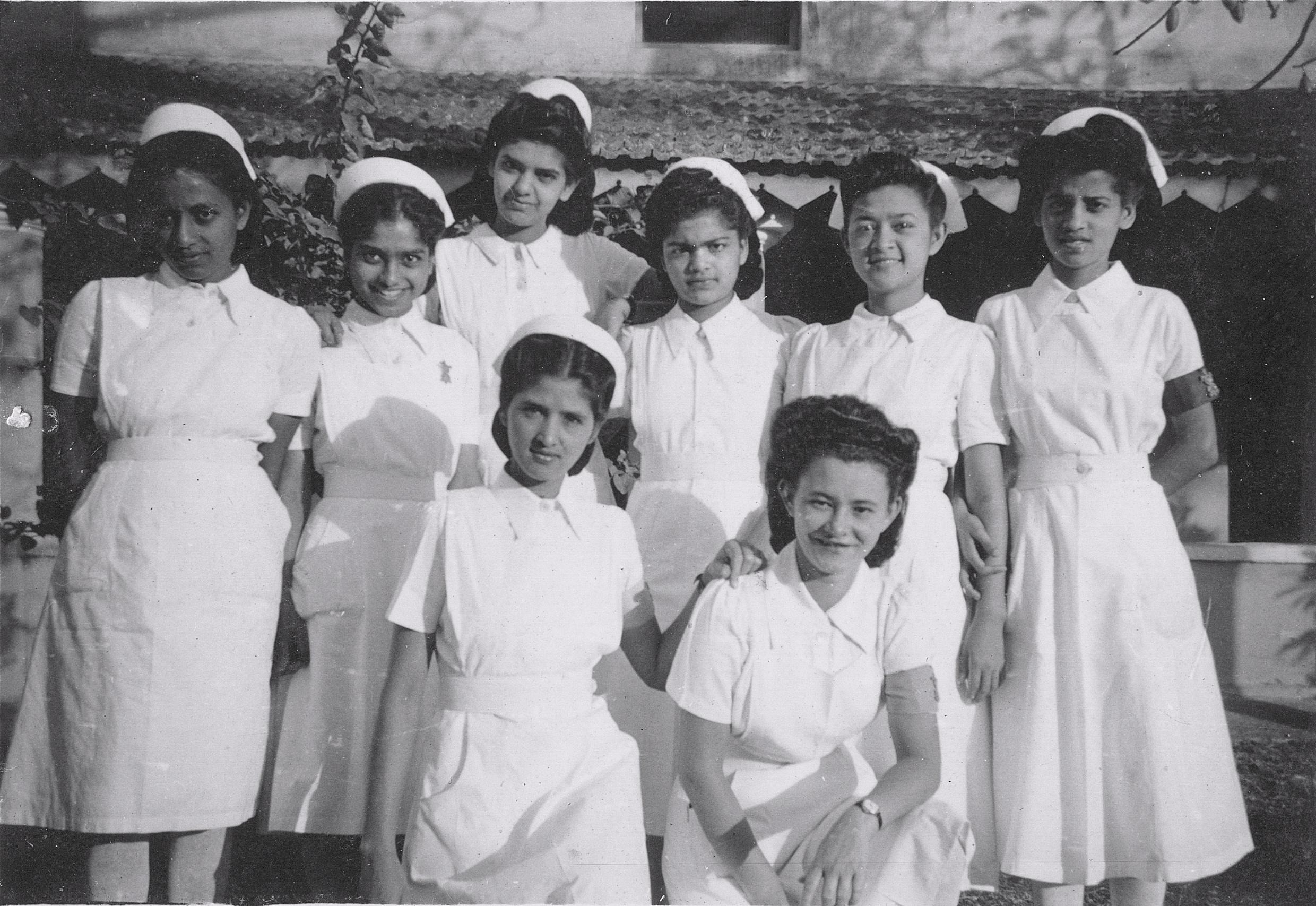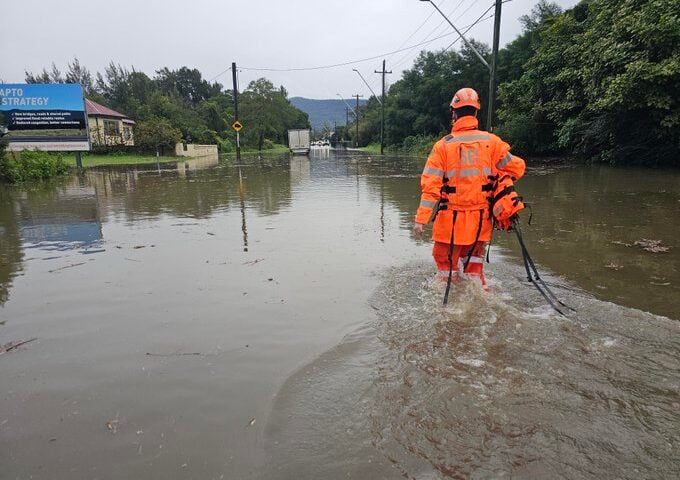The world has 1.9 million more nurses than five years ago, yet healthcare access remains uneven across the globe. The State of the World’s Nursing 2025 report, released jointly by the World Health Organization and International Council of Nurses, reveals significant workforce growth alongside troubling distribution patterns that threaten universal health coverage goals.
Nursing numbers jumped from 27.9 million in 2018 to 29.8 million in 2023. Despite this expansion, WHO data shows that 78% of these professionals work in countries housing only 49% of the world’s population. This concentration creates healthcare deserts in regions that need nurses most.
The global nursing shortage has decreased from 6.2 million in 2020 to 5.8 million in 2023, with projections pointing to 4.1 million by 2030. However, these improvements mask deep regional disparities that affect patient care quality and access.
“This report contains encouraging news, for which we congratulate the countries that are making progress,” said WHO Director-General Dr Tedros Adhanom Ghebreyesus. “However, we cannot ignore the inequalities that mark the global nursing landscape. On International Nurses Day, I urge countries and partners to use this report as a signpost, showing us where we’ve come from, where we are now, and where we need to go – as rapidly as possible.”
Education Gains Don’t Always Mean More Bedside Nurses
Low-income countries are producing nurses faster than wealthier nations, yet many struggle to create jobs for graduates. Population growth often outpaces nurse graduation rates, creating situations where countries train more professionals but see little improvement in nurse-to-patient ratios.
The report finds that hard-won gains in nursing school output aren’t translating to better coverage ratios due to rapid population growth and limited healthcare sector employment. Countries need focused investment in job creation to absorb new graduates into their health systems.
International Migration Creates Winner-Loser Dynamics
Migration patterns show stark contrasts across income levels. One in seven nurses worldwide was born in a different country, but this proportion reaches nearly one in four (23%) in high-income nations. The numbers flip dramatically in less affluent regions:
- Upper middle-income countries: 8% foreign-born nurses
- Lower middle-income countries: 1%
- Low-income countries: 3%
This brain drain affects countries already struggling with healthcare access, while wealthy nations benefit from international recruitment.
Advanced Practice Roles Expand, Leadership Gaps Persist
More countries now recognize advanced practice nursing roles, with the percentage growing from 53% in 2020 to 62% in 2025. These expanded responsibilities allow nurses to perform complex medical tasks, improving specialized care access in physician-shortage areas.
While leadership representation has improved (82% of countries now have senior government nursing officials), development opportunities remain uneven. Only 66% of countries offer leadership initiatives, dropping to just 25% in low-income settings.
Workforce Demographics Present Mixed Picture
The global nursing workforce skews young, with one-third under 35 years old. However, 19% plan to retire within a decade. In 20 countries (mostly high-income), retirements may outstrip new graduates, threatening knowledge transfer and mentorship programs.
This demographic shift particularly affects wealthy nations, which must prepare for significant workforce turnover while managing their dependence on international recruitment.
Similar Posts
Mental Health Support Lags Despite Pandemic Trauma
Despite increased workloads and psychological stress from COVID-19, only 42% of countries provide mental health support for nurses. This gap represents a critical retention challenge, especially as healthcare systems continue dealing with pandemic aftermath. Mental health and wellbeing remain crucial factors for workforce sustainability.
“We welcome the SoWN 2025 report as an important milestone for monitoring progress on strengthening and supporting the nursing workforce towards global health goals,” said Pam Cipriano, President of the International Council of Nurses. “The report clearly exposes the inequalities that are holding back the nursing profession and acting as a barrier to achieving universal health coverage (UHC). Delivering on UHC is dependent on truly recognizing the value of nurses and on harnessing the power and influence of nurses to act as catalysts of positive change in our health systems.”
Gender Distribution Remains Heavily Skewed
Women continue dominating the profession at 85% globally. This concentration affects pay equity, leadership opportunities, and professional recognition within health systems. Addressing gender balance requires targeted strategies to attract diverse candidates while supporting existing female leadership.
Data Collection Shows Improvement
The 2025 report includes data from all 194 WHO Member States through the National Health Workforce Accounts, representing a 33% increase in country participation since 2020. Detailed country profiles are now available online, providing transparency into national nursing workforce data.
Policy Priorities Target Seven Key Areas
The report outlines specific policy priorities for 2026-2030:
- Expand equitable nursing job distribution, especially in underserved regions
- Strengthen domestic education systems aligned with healthcare roles
- Improve working conditions, pay equity, and mental well-being support
- Develop nursing regulation and advanced practice roles
- Promote gender equity and protect nurses in conflict areas
- Harness digital technologies and prepare for climate-responsive care
- Advance nursing leadership with equitable development opportunities
Technology and Climate Preparedness Emerge
The 2025 report specifically mentions climate-responsive care and digital technology integration—areas absent from previous reports. This reflects growing recognition that nurses need new skills for environmental health challenges and technological advances.
Climate change brings heat-related illnesses, extreme weather events, and shifting disease patterns. Digital health tools like telemedicine and AI-assisted diagnostics can extend nursing reach but require significant training investments.
Real-World Impact on Healthcare Access
For patients, these statistics translate into tangible outcomes. Well-staffed regions enjoy shorter wait times, personalized care, and better health outcomes. Underserved areas face the opposite—longer waits, overworked staff, and sometimes rationed care.
Nursing shortages particularly affect:
- Rural and remote communities
- Emergency departments
- Chronic disease management
- Preventive services
- Mental health programs
Sustainable Solutions Require Long-Term Thinking
Addressing nursing inequities demands coordinated action across multiple levels. Countries with surpluses need stronger ethical recruitment agreements to avoid depleting source nations. Low and middle-income countries require targeted investment in both education infrastructure and health sector job creation.
Sustainable progress requires moving beyond crisis responses to strategic planning. This means embedding nursing targets in national health plans with dedicated funding, creating clear career pathways, and ensuring nursing voices in policy decisions.
The economic case for nursing investment grows stronger annually. Well-supported workforces reduce hospital readmissions, prevent costly errors, and enable early interventions that save money long-term. Countries failing to invest adequately face escalating healthcare costs and deteriorating population health.
Looking Forward: Investment as Both Necessity and Opportunity
The 2025 nursing report reminds us that health equity isn’t just morally right—it’s practically necessary for global stability and prosperity. Investing in nursing today builds healthier, more resilient societies tomorrow.
Technology offers promising solutions for extending nursing reach. Telemedicine, AI-assisted diagnostics, and digital health monitoring can help nurses serve more patients efficiently, but these tools require significant infrastructure and training investments.
Building resilient health systems means ensuring nursing workforces can adapt to changing realities. As Dr. Cipriano noted, delivering universal health coverage depends on recognizing nurses’ value and harnessing their power as change catalysts.
Practical Steps for Sustainable Progress
Healthcare systems worldwide must prioritize nurse retention through improved working conditions, competitive compensation, and comprehensive mental health support. Post-pandemic burnout can devastate workforces as effectively as inadequate numbers.
Health institutions need zero-tolerance policies for workplace violence, comprehensive reporting systems, and rapid-response protection teams. The ICN estimates that addressing nurse wellbeing could generate $100-300 billion in productivity gains globally.
Educational systems require partnerships with healthcare facilities for practical training, simulation laboratories for safe skill development, and faculty development programs to ensure quality instruction.
Countries must establish ethical bilateral agreements for international recruitment, ensuring source nations receive compensation and support to maintain their own healthcare systems. One-way brain drain undermines global health security.
The Human Element in Healthcare Policy
Beyond statistics and policy recommendations, this report speaks to fundamental human needs. Healthcare exists because people need care, and nurses provide the compassionate expertise that makes healing possible.
The 2025 nursing workforce data tells a story of progress shadowed by persistent inequality. Addressing these gaps requires sustained commitment, innovative solutions, and recognition that nursing represents healthcare leadership, not just support.
Future global health depends on getting this equation right. Investing wisely in nursing education, creating supportive work environments, and ensuring equitable distribution will determine whether health systems can meet tomorrow’s challenges.
Environmental Health Connections
The nursing workforce crisis intersects with broader environmental health challenges. As communities face increasing pollution-related health issues, nurses on the frontlines need adequate support and resources to address these complex health needs.
Healthcare workers are particularly vulnerable to environmental toxins in healthcare facilities, making proper protective equipment and safe working conditions even more critical. The connection between environmental health and nursing workforce sustainability deserves greater attention in future policy discussions.
Long-Term Implications for Global Health
The long-term effects of current choices will echo for decades. Underfunding nursing leads to workforce attrition, preventable deaths, and stalled development goals. Proper investment creates healthier populations, reduces disparities, and builds systems capable of withstanding future crises.

Every nurse represents someone’s mother, daughter, son, or spouse choosing to dedicate their life to caring for others. The least we can do is ensure they have the support, resources, and recognition they deserve. This isn’t just good policy—it’s the foundation of compassionate societies.
The numbers provide the framework, but human commitment fills in the details. With 29.8 million nurses globally, we have the workforce potential to transform healthcare access. Whether this potential becomes reality depends on choices made today by policymakers, healthcare leaders, and society as a whole.


















